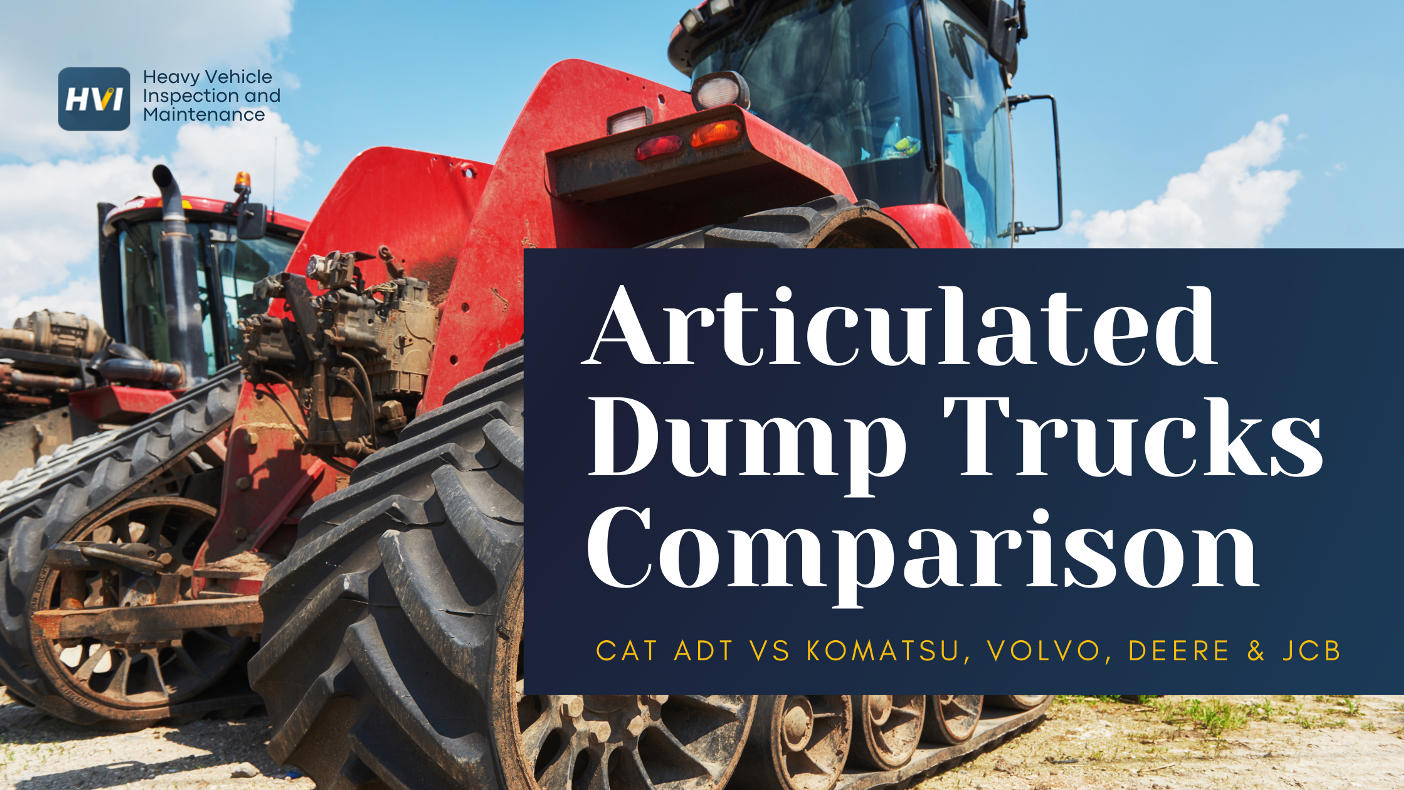Proper lubrication selection reduces construction equipment maintenance costs by 45% and extends component life by 60% compared to generic lubricant applications. Indian construction companies using optimized lubrication programs report average savings of ₹6.8 lakhs annually per machine through reduced wear, fewer breakdowns, and extended service intervals. With over 2.8 lakh heavy construction vehicles operating across Indian infrastructure projects, choosing the right oils and lubricants isn't just about equipment protection—it's about maximizing operational efficiency and profitability that can improve margins by ₹2-4 lakhs per machine annually.
This comprehensive guide explores advanced lubrication strategies that eliminate 80% of component failures, reduce oil consumption by 30%, and generate annual savings of ₹3.5 lakhs per machine through scientifically-matched lubricant selection and optimized maintenance protocols. More importantly, it demonstrates how proper lubrication transforms equipment reliability from reactive repair cycles into predictive maintenance excellence that ensures project delivery, regulatory compliance, and maximum asset value retention.
Optimal Lubrication Impact
Ready to Optimize Your Equipment Lubrication Strategy?
Discover proven lubrication solutions that maximize equipment performance and operational savings.
The Science of Construction Equipment Lubrication
Modern construction equipment lubrication requires sophisticated understanding of tribology, load conditions, operating temperatures, and environmental factors that influence lubricant performance across diverse applications. Scientific lubricant selection integrates viscosity characteristics, additive packages, base oil chemistry, and operational parameters to create comprehensive lubrication programs that maximize equipment reliability while minimizing total cost of ownership.
Lubricant Selection Criteria and Technical Specifications
Effective lubricant selection requires comprehensive analysis of operating conditions, load characteristics, temperature ranges, and environmental factors that influence lubricant performance and longevity. Modern lubricant technologies offer specialized formulations designed for specific applications, with advanced additive packages that provide superior protection against wear, oxidation, and contamination compared to conventional lubricants.
Scientific lubricant selection considers viscosity index, pour point, flash point, and additive chemistry to match lubricant characteristics with operational requirements. This technical approach ensures optimal lubricant performance while minimizing consumption, extending service intervals, and maximizing equipment protection across diverse Indian operating conditions.
- ✓ Viscosity Grade Matching based on operating temperature, load conditions, and equipment specifications
- ✓ Additive Package Analysis including anti-wear, antioxidant, and corrosion inhibitor formulations
- ✓ Base Oil Chemistry considering mineral, synthetic, and semi-synthetic options for specific applications
- ✓ Environmental Compatibility ensuring performance in extreme temperatures, humidity, and contamination
- ✓ OEM Specifications Compliance meeting manufacturer requirements and warranty protection standards
- ✓ Cost-Benefit Analysis balancing premium lubricant costs against extended service life and protection
Advanced Lubrication Technologies and Synthetic Solutions
Modern lubrication technology encompasses synthetic and semi-synthetic formulations that provide superior performance characteristics compared to conventional mineral-based lubricants. Synthetic lubricants offer enhanced thermal stability, improved viscosity index, and superior additive solubility that enables extended service intervals and enhanced equipment protection in demanding applications.
Advanced lubrication technologies include full synthetic engine oils, biodegradable hydraulic fluids, and specialized extreme pressure greases that deliver measurable performance improvements while supporting environmental sustainability objectives. These premium lubricants justify higher initial costs through extended service intervals, reduced consumption, and superior equipment protection that delivers significant total cost of ownership benefits.
- ✓ Full Synthetic Engine Oils extending drain intervals by 100% while improving fuel economy by 3-5%
- ✓ High VI Hydraulic Fluids maintaining consistent viscosity across -20°C to +80°C temperature ranges
- ✓ Biodegradable Lubricants meeting environmental regulations while providing equivalent performance
- ✓ Lithium Complex Greases offering superior water resistance and extended lubrication intervals
- ✓ Extreme Pressure Additives providing enhanced protection under shock loading and heavy-duty applications
- ✓ Multi-Grade Formulations ensuring optimal flow characteristics and protection across temperature variations
Implementation Strategy for Maximum ROI
Successful lubrication optimization requires systematic implementation that balances performance improvements with cost considerations while ensuring compatibility with existing equipment and maintenance procedures. The recommended approach spans 6-9 months with priority given to high-impact applications that demonstrate immediate value and justify investment in premium lubricant technologies.
Strategic implementation focuses on equipment-specific lubrication programs that address the most critical applications first, followed by systematic expansion to comprehensive fleet-wide optimization. The total cost of ownership analysis consistently favors premium lubricants, with payback periods typically ranging from 8-12 months through extended service intervals, reduced maintenance, and enhanced equipment reliability.
- ✓ Implement premium engine oils with ₹8,000-12,000 per machine investment for improved protection
- ✓ Upgrade hydraulic fluids in high-utilization equipment with critical operational importance
- ✓ Establish oil analysis programs for monitoring lubricant condition and contamination levels
- ✓ Document baseline performance metrics including oil consumption and service intervals
- ✓ Train maintenance teams on proper lubricant handling and application procedures
- ✓ Implement contamination control measures for lubricant storage and handling systems
- ✓ Deploy comprehensive lubrication programs with ₹25,000-35,000 per unit investment
- ✓ Implement synthetic lubricants in transmission and differential applications
- ✓ Establish automated lubrication systems for critical bearing and pin applications
- ✓ Deploy advanced grease applications with extended lubrication intervals
- ✓ Create lubricant inventory management systems with quality control protocols
- ✓ Establish performance monitoring systems for continuous optimization
Oil Analysis and Condition Monitoring Programs
Advanced oil analysis programs provide scientific insights into lubricant condition, contamination levels, and wear patterns that enable optimized maintenance timing and equipment protection. Modern analytical techniques including spectroscopic analysis, particle counting, and viscosity monitoring deliver precise data for informed decision-making about lubricant replacement and equipment condition.
Comprehensive condition monitoring programs integrate oil analysis with equipment performance data to create predictive maintenance protocols that maximize lubricant life while ensuring optimal equipment protection. These programs typically extend oil change intervals by 40-60% while providing early warning of developing equipment problems that could result in costly failures.
- ✓ Viscosity Monitoring detecting oil degradation and contamination before equipment damage occurs
- ✓ Wear Metal Analysis identifying component wear patterns and potential failure modes
- ✓ Contamination Detection measuring water, dirt, and fuel dilution levels affecting performance
- ✓ Additive Depletion Tracking ensuring adequate protection levels throughout service intervals
- ✓ Oxidation Assessment monitoring thermal breakdown and acid formation in lubricants
- ✓ Particle Counting providing detailed contamination analysis for hydraulic and engine systems
Environmental Considerations and Regulatory Compliance
Modern lubrication programs must address environmental sustainability and regulatory compliance requirements while maintaining superior equipment protection and operational efficiency. Biodegradable lubricants, waste oil management protocols, and environmental impact reduction strategies support regulatory compliance while often providing equivalent or superior performance characteristics.
Indian environmental regulations increasingly focus on lubricant disposal, contamination prevention, and sustainability practices that require systematic approaches to lubricant management. Comprehensive environmental programs reduce regulatory risks while often improving operational efficiency through reduced lubricant consumption and enhanced equipment protection.
Maximizing ROI Through Scientific Lubrication Excellence
The implementation of comprehensive lubrication optimization represents more than equipment protection—it's a strategic investment in operational reliability that positions Indian construction companies for significant competitive advantages through enhanced equipment performance and reduced maintenance costs. The financial benefits extend beyond immediate savings to encompass improved project delivery capabilities and enhanced equipment value retention.
Indian contractors who embrace scientific lubrication approaches achieve measurable improvements in equipment reliability, maintenance costs, and operational efficiency. Conservative estimates suggest total ROI exceeding 350% within three years of comprehensive implementation, with immediate benefits visible within the first maintenance cycle following deployment.
The construction industry's evolution toward precision maintenance demands proactive adoption of proven lubrication technologies that deliver measurable operational improvements. Fleet operators who implement optimized lubrication programs today will be best positioned to capitalize on enhanced equipment reliability while avoiding the costly consequences of inadequate lubrication that limits equipment life and operational efficiency.
Transform Your Equipment Performance with Optimal Lubrication
Start implementing scientific lubrication strategies and join India's most efficient construction operators.
Book a Demo
.png)



